Government Laws & Regulations Takeaways
Takeaways are key points detailed and referenced in the Laws & Regulations section
Farmed Animal Treatment
Federal laws regarding farmed animal treatment are almost non-existent; the factory farming system has been given free rein to create its own standards and practices regardless of the pain and suffering inflicted.
There are no federal laws or regulations governing the treatment of animals living on typical factory farms; standards for organic production are the only exception.
The only meaningful federal law that covers farmed animals at any point in their lives is the Humane Methods of Slaughter Act, though it does not apply to poultry (98% of farmed animals).
The Animal Welfare Act explicitly excludes farmed animals. The 28-Hour Transport Law excludes poultry and has little impact on livestock transport.
While every state has enacted animal cruelty laws, the vast majority provide little or no protection for animals raised for food. They allow for any type of inhumane treatment if it is a “common practice” of the industry.
Water Pollution
The Clean Water Act has been largely ineffective in reducing pollution from animal agriculture, which is most likely the largest contributor to the pollution of U.S. waterways.
Thousands of large factory farms are essentially unregulated because there is no general duty to apply for for permits that potentially regulate manure discharge.
The primary sources of water pollution from animal ag are manure storage sites, manure application on croplands, and excess fertilizer applied to feed crops.
The EPA, despite acknowledging persistent water pollution from animal ag, is constrained by legal, cultural, and political factors, along with the logistical problems of monitoring and regulating factory farms and feed crops spread across the country.
Slaughterhouse Worker Safety
OSHA, the federal agency responsible for ensuring worker health and safety, has for decades been underperforming in its efforts to protect workers in the meat processing industries.
The failure to adequately address worker injury and illness has been a result of underreporting by employers and “precarious” workers, the progressive nature of the most common injuries (especially musculoskeletal disorders), and the conflicting mandates and lack of collaboration among federal agencies.
Slaughterhouse Line Speeds
The USDA’s Food Safety Inspection Service (FSIS) sets maximum slaughter line speeds based on how quickly FSIS inspectors can inspect carcasses for disease. OSHA plays almost no role, despite potential impacts on worker safety.
The regulatory maximum line speeds for cattle are 390 head per hour, for pigs 1,106 head per hour, and for poultry 140 birds per minute. (This does not include maximum speeds for plants given line speed waivers.)
Some poultry slaughter plants are operating under FSIS waivers that allow for speeds of 175 birds per minute. Some pig slaughter plants with waivers slaughter as many as 1,450 pigs per hour.
Although the USDA has studied the impacts of faster line speeds on workers, there has been little attention paid to the impacts on animals; common sense suggests that faster speeds lead to more suffering.
